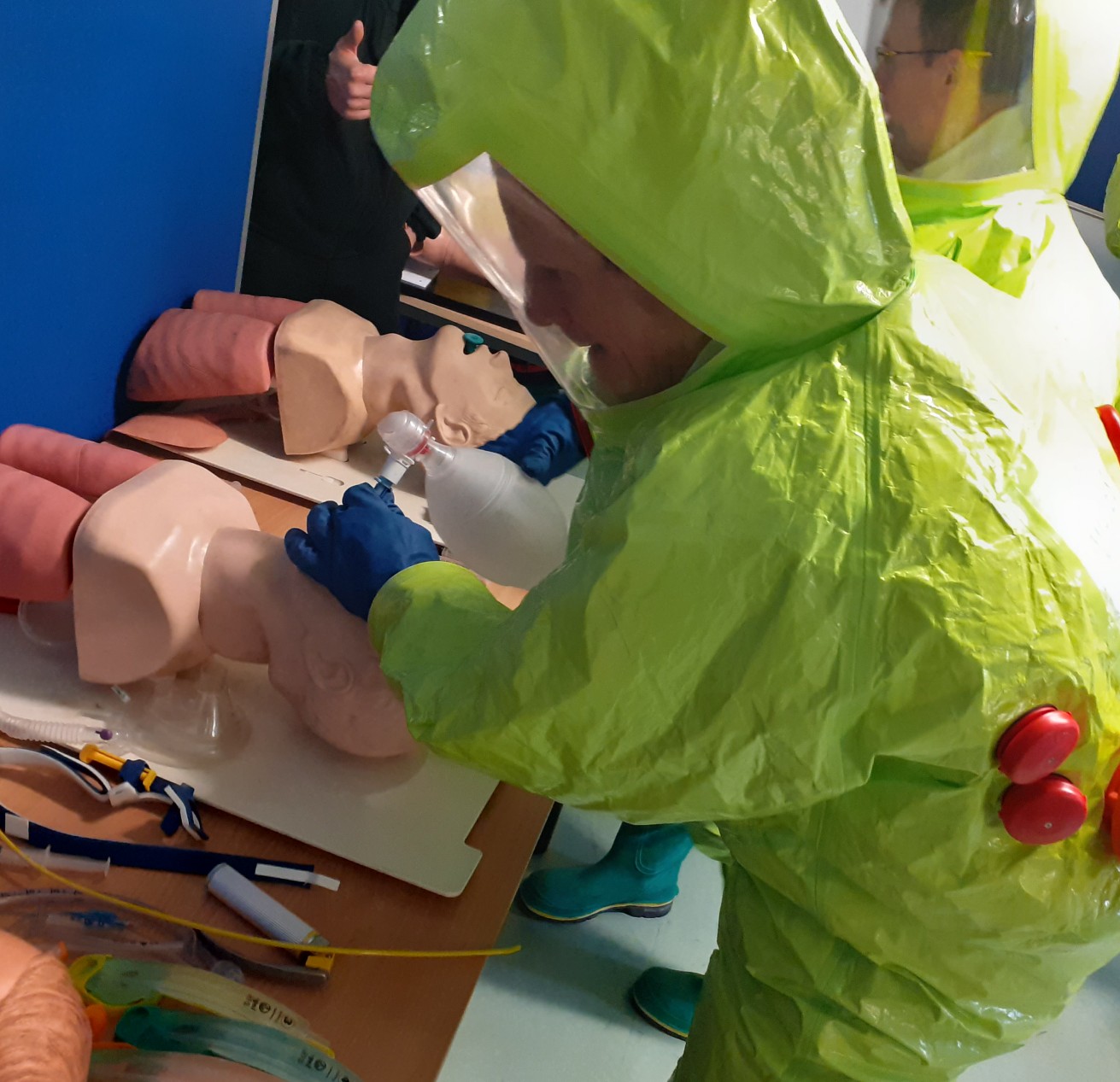Chemical Agents part 3
Harmful chemical agents:
These can be seen in the form of blister agents. These cause damage to the skin in a burn type effect, and during wars were used to incapacitate soldiers or force them to wear full body PPE. Examples of Blister agents include Lewisite, Nitrogen Mustard, and Sulfur Mustard. Blister agents can still cause death but are less likely compared to the deadly/lethal categories. In the instance of Mustard gas during WW1, it killed fewer than 5% of the people who were exposed and received medical treatment.
Symptoms of Blister agent exposure can include irritation and redness to the skin, followed by blisters forming, irritation and sore eyes, and irritation of the nose and upper respiratory tract. Treatment for Blister agents require, if possible, removal of the patient from the substance and contamination (e.g., clothing removal, decontamination, etc.,), and supportive care of the patients’ CABCDE. They will require further supportive measures in hospital.
Incapacitating agents:
These non-lethal agents incapacitate or repel people without injuring them. Commonly used incapacitants are CS, CR, and CN gases, also known as Tear gas. Tear gases work through direct chemical action on sensory receptors in skin and mucosa, causing the painful effects. Tear gases work as lacrimators, where they cause pain in the eyes, flow of tears, and skin/mucosal irritation. They are quick acting agents with full effects taking between 10 and 30 seconds. On removal of Tear gas exposure, symptoms will last for a short in duration before dissipating. Tear gases can be very effective in disrupting individuals and crowds. The effects can be so strong that those sprayed can lose their ability to think and act rationally, which can further hinder and incapacitate the performance of their coordinated activities. When treating a patient for Tear gas exposure, remove them from the substance and contamination (e.g., clothing removal), and decontaminate exposed skin and eyes with water. Depending on the patients’ general health, age, medical history and co-morbidities, exposure to tear gas may exacerbate other issues which may require further support and care.
Other types of incapacitants exist although not regularly used, including sternutators which cause sneezing and irritation of the upper airway, and vomiting agents which cause vomiting.
